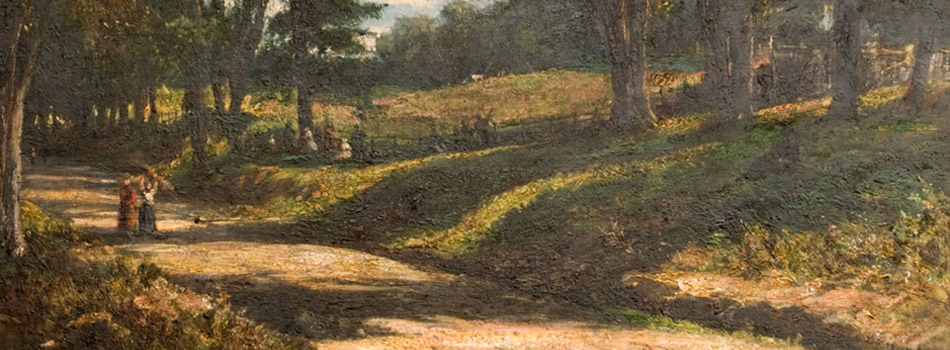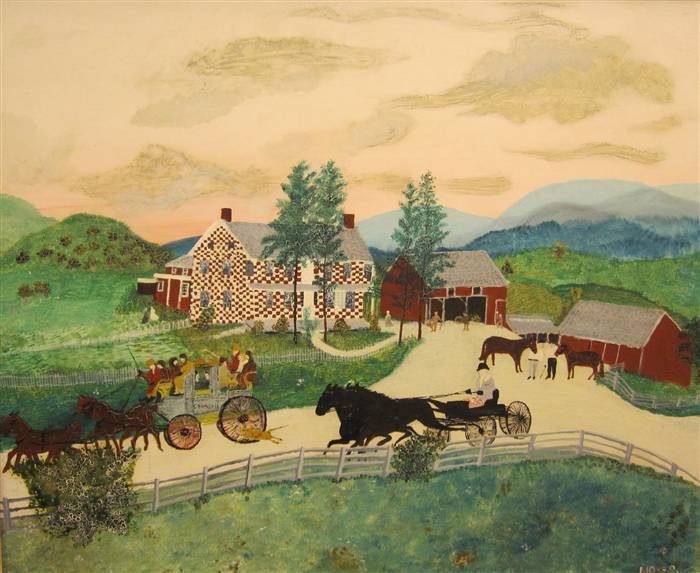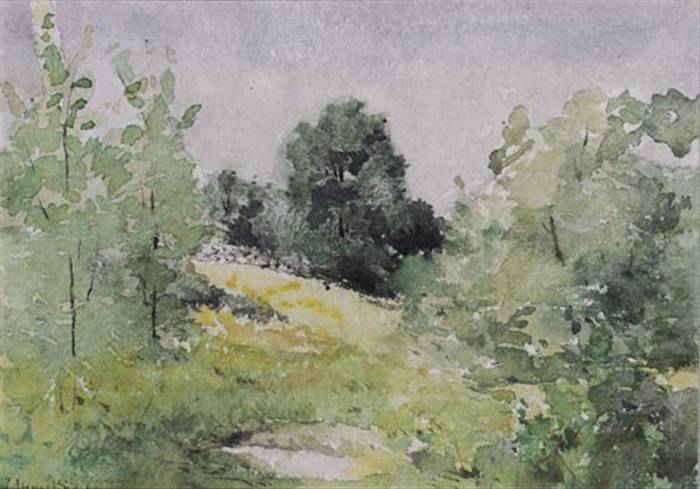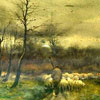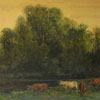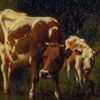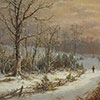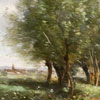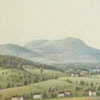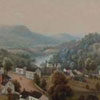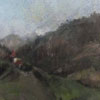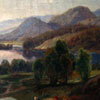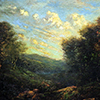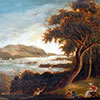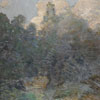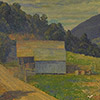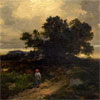Pastoral Landscapes
“I long for rural and domestic scenes, for the warbling of Birds ... As much as I converse with Sages and Heroes, they have very little of my Love or Admiration ...” John Adams to Abigail Adams, 1777
Over the centuries, pastoral subject matter has been expressed through fine art, poetry, music, and literature. In ancient Rome, the poet Virgil stimulated interest in the pastoral genre as he described the idyllic life of the country shepherd. Many of his poems were set in a utopian land known as Arcadia. Romanticized and idealized landscapes that captured people and animals in harmony with nature were often described as “Arcadian.”
Virgil’s writings inspired several fourteenth century Italian poets, including Petrarch, who commented on the need to escape the clamor of towns and to find solace and quiet in the countryside. Interest in bucolic scenes expanded rapidly throughout Renaissance Europe.
There was a great fascination with pastoral images in the nineteenth century, most notably in France, England, and Germany. Influences included the great Dutch and Flemish masters, who considered the cow to be a symbol of prosperity.
American artists also contributed to the growing popularity of pastorals. Works depicting the idyllic countryside, noble peasants, cattle, and flocks of sheep provided an escape from rapidly urbanizing cities.
Artists explored the idealization of untouched nature and simple country landscapes in serene settings that were depicted without any of the damaging effects of industrial progress. Ironically, the artworks in this genre were often favored by wealthy patrons who had made their fortunes in noisy and crowded towns and cities but longed for life in the country.
